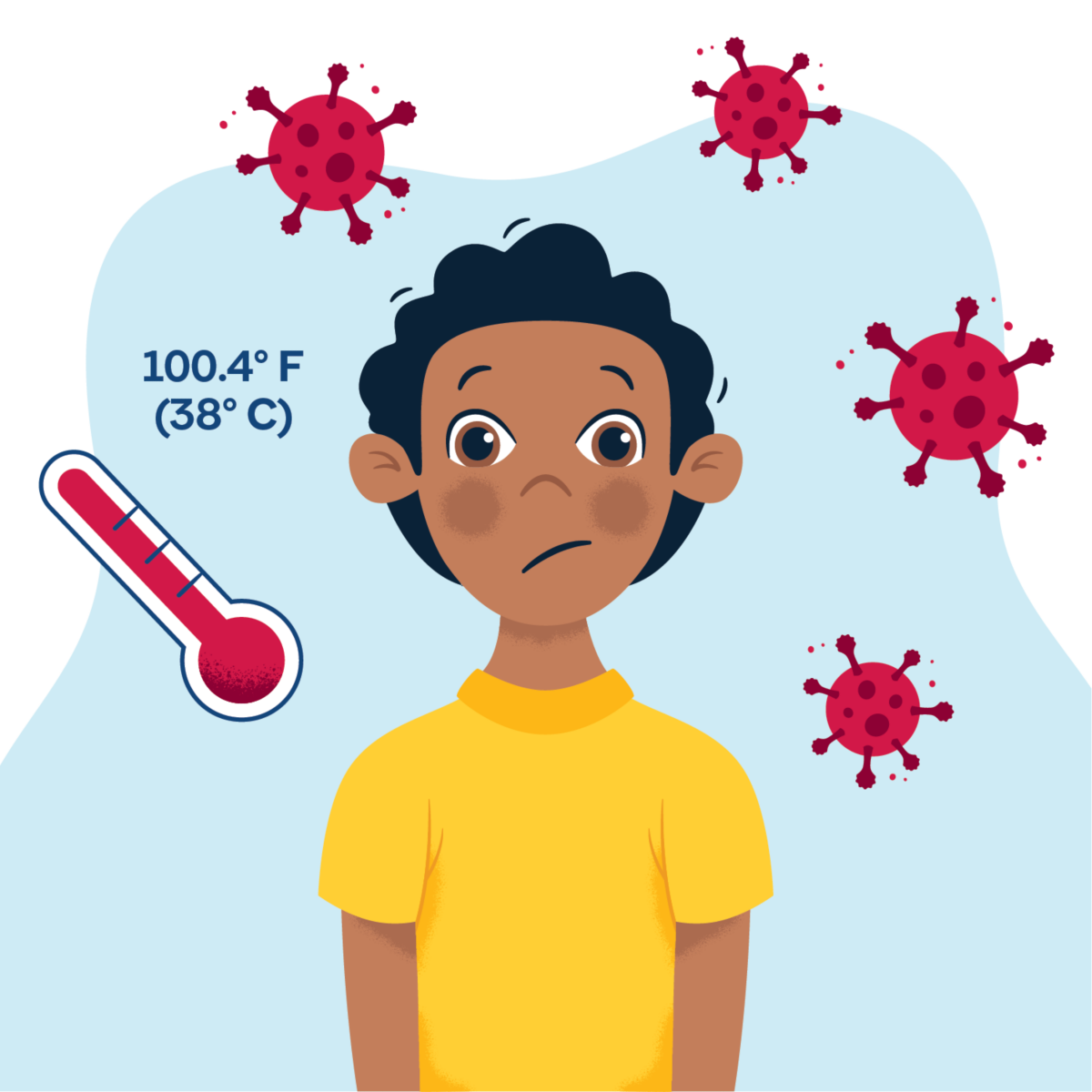Low-grade refers to a mild increase in body temperature and often ranges from 1004F 1022F. If your body temperature is below 97 to 99 degrees there are a few explanations.
Some people also report losing their sense of taste andor smell.

What does a low fever mean. A low-grade fever is a mild elevation of the temperature above normal. A temperature in the low 99s could be a cause for concern in some people while someone with a fever of 102 may be feeling and doing okay says Mary E. Fever can be categorized as low-grade or high-grade.
However there are instances where the body temperature actually goes down in response to a sickness and it can be just as damaging to the body as a temperature that is too high. Karen Dantin answered 37 years experience Family Medicine More. While some people may not develop any symptoms at all when they get infected with SARS-CoV2 virus others may experience mild to moderate symptoms like dry cough low-grade fever and body ache.
Could be a chronic viral infection. Check with your doc. Schmidt MD an associate professor of.
In other words we dont have clear cut answers on how to manage or treat a low-grade fever. Most medical experts define a low-grade fever as a body temperature between 99 F and 1003 F. Low-grade means that the temperature is slightly elevated.
Anyone whos ever been sick associate any kind of ill health with a fever where the temperature of the body goes up usually around 100 degrees Fahrenheit 38 C. Been having this for years now. A low grade fever occurs when the body temperature becomes very slightly elevated usually between about 1005F and 1022F.
For instance a temperature of 998 is oftentimes referred to as a low-grade fever this range is typically 99 1004. The fever is persistent when the body temperature stays in this range. Or fever may come and go.
2 It can be either a low- or high-grade fever so dont brush off a persistent low-grade fever just because it isnt high. Rectal temperatures usually are up to a degree higher than mouthreadings. It can be accompanied by other symptoms or it can occur without other symptoms.
Others use a less narrow definition referring to a low-grade fever as a body temperature ranging from 100 F to 102 F. A fever is the first response or signal of infection in the body and is one of the most commonly diagnosed conditions. Normal Reasons You Have a Low Body Temperature of 96 As we mentioned the bodys temperature fluctuates throughout the day.
A fever is when a persons body temperature is higher than normal. There really is no consensus agreement on how to manage a low-grade fever. Its a persistent fever meaning it lasts longer than three days.
Your temperature measurements fluctuate through the day and vary depending upon the site of measurement. Underarm readings can be a degree lower than what youd find from your mouth. Other symptoms of hypoglycemia include confusion sweating fatigue and an irregular or fast.
Although a fever 1004F is a common symptom of COVID-19 people may be infected with the coronavirus but not have fever. For most people normal is roughly 986 Fahrenheit 37 Celsius. If your body temperature is above 100 you may have a fever caused by a virus or bacterial infection.
Generally a child is considered to have a fever if the temperature is at or above 1004 degrees Fahrenheit rectally 995 degrees Fahrenheit orally or 99 degrees Fahrenheit in. What does a persistent low grade fever mean in adults. Some people may have a low-grade fever at first and then get worse over time.
Not bothersome but it is most evident at certain times of day. It is also possible for a person to be asymptomatic no fever or other symptoms and still spread the virus to others. A body temperature higher than your normal.
Low blood sugar levels trigger your bodys stress response which can result in chills or shaking.

